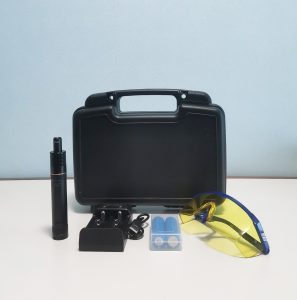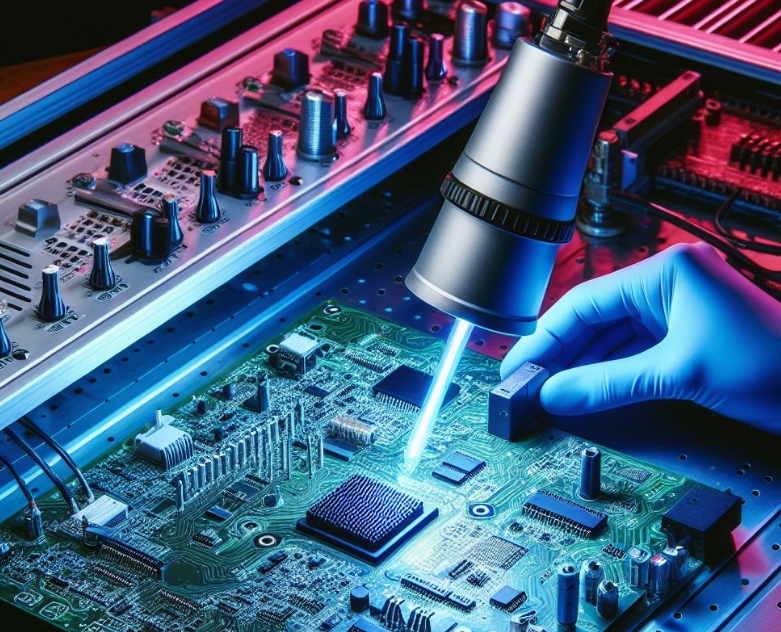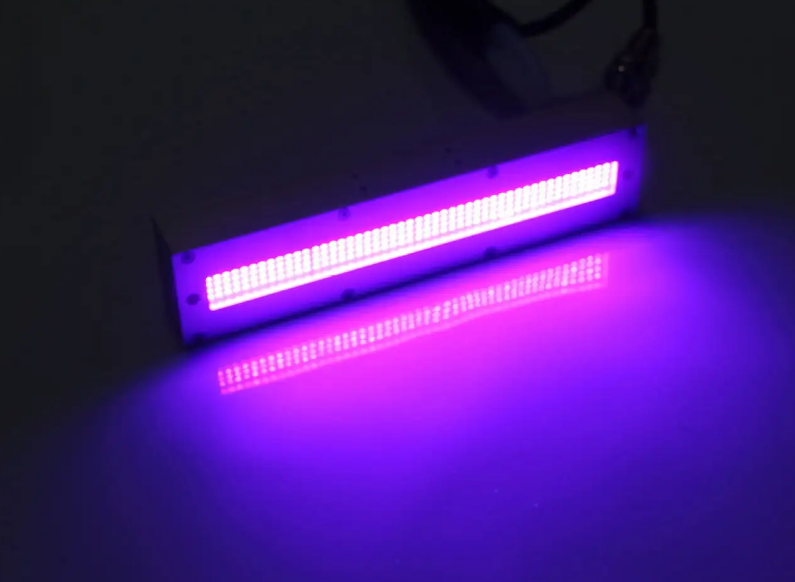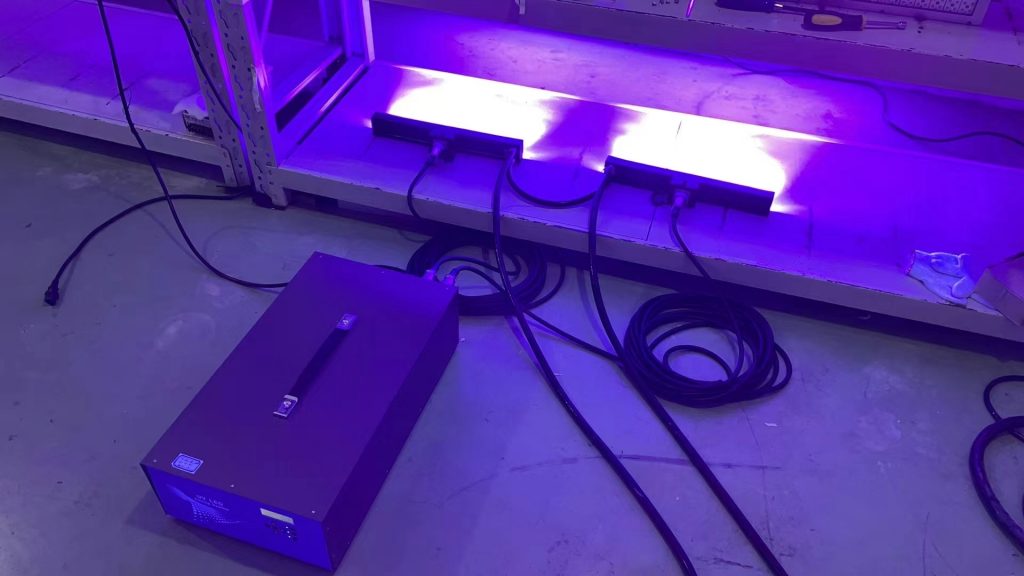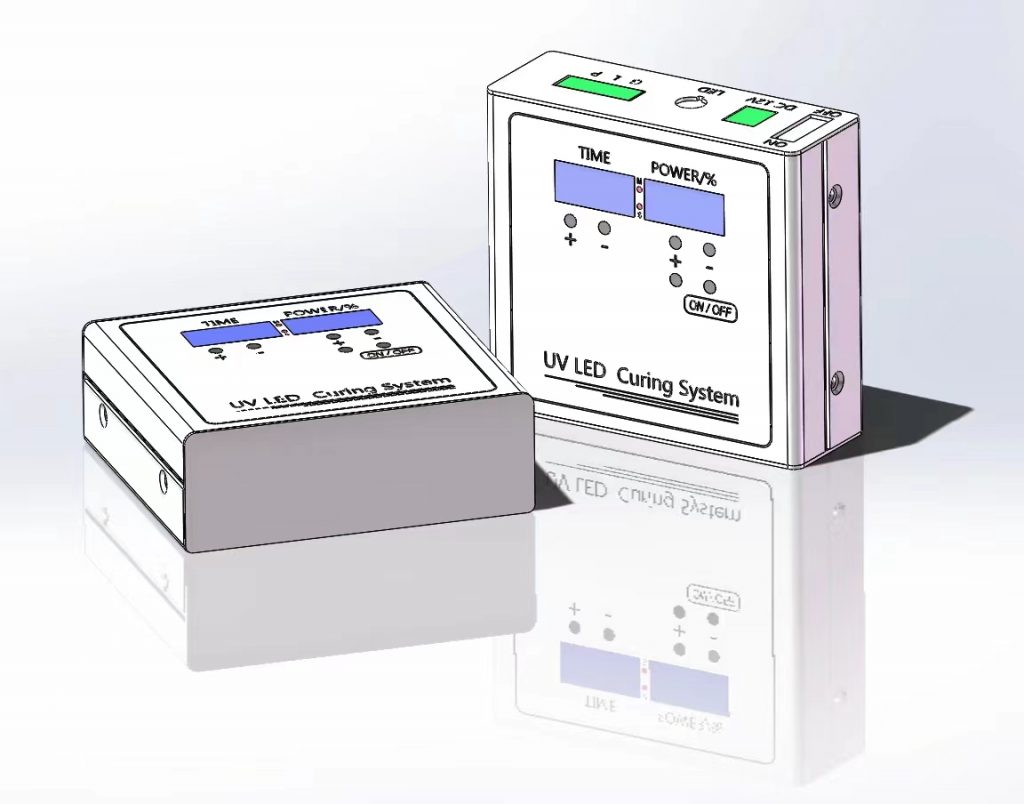Unlocking the Power of Light for Instant Curing
In the realm of industrial processes, efficiency reigns supreme. Traditional drying methods, often slow and reliant on harmful chemicals, can hinder production speed and impact the environment. Enter **UV curing**, a revolutionary technology that harnesses the power of light for **instantaneous solidification** and **enhanced properties** of various materials. Let’s delve deeper and explore the fascinating world of UV curing, understanding its applications and the science behind its effectiveness.
What is UV Curing?
UV curing, short for ultraviolet curing, is a photochemical process that utilizes ultraviolet (UV) light to instantly “cure” or solidify liquid materials such as inks, coatings, and adhesives. This method stands in stark contrast to traditional drying methods that rely on solvent evaporation or heat, offering a multitude of advantages.
How Does UV Curing Work?
The magic of UV curing unfolds in a sequential manner:
- Preparation: The liquid material, typically composed of monomers (small building blocks) and oligomers (chains of monomers), is mixed with a small amount of photoinitiators.
- Application: The liquid mixture is then applied to the desired surface.
- Exposure: The applied material is exposed to high-intensity UV light.
- Curing: Upon exposure to UV light, the photoinitiators absorb the energy and trigger a polymerization reaction. This reaction essentially links the monomers and oligomers together, forming a strong and solid polymer network.
The Allure of UV Curing:
- Lightning-Fast Drying: Compared to traditional methods, UV curing boasts significantly faster drying times, often measured in seconds. This translates to increased production speed and reduced turnaround times, leading to enhanced efficiency.
- Environmentally Friendly: Unlike solvent-based drying methods that release harmful VOCs (volatile organic compounds), UV curing is a solvent-free process. This contributes to a healthier work environment and reduced environmental impact.
- Superior Strength: UV-cured materials exhibit exceptional adhesion to various substrates, forming strong and durable bonds. Additionally, they demonstrate enhanced resistance to scratches, chemicals, and heat, ensuring long-lasting performance.
- Versatility Unbound: UV curing finds applications across a wide spectrum of industries, making it a truly versatile technology. From printing and coating to adhesives and electronics, its reach extends far and wide.
Unveiling the Applications of UV Curing:
- Printing: UV curing has revolutionized the printing industry, finding widespread use in offset printing, flexography, and screen printing. It empowers faster printing speeds, delivers vibrant and durable colors, and offers superior scratch resistance for printed materials.
- Coatings: UV-cured coatings are extensively used on various products, including furniture, electronics, and automotive parts. They provide superior protection, exceptional scratch resistance, and a high-quality aesthetic finish.
- Adhesives: UV-cured adhesives offer strong and rapid bonding for diverse applications, ranging from electronics assembly to medical device manufacturing.
The Future of UV Curing:
The future of UV curing is ablaze with potential due to continuous advancements in technology. New formulations and equipment are constantly being developed, further expanding the range of applications and enhancing efficiency. With its unique combination of speed, sustainability, and performance, UV curing is poised to play a pivotal role in shaping the future of various industries, offering a brighter and more efficient tomorrow.
